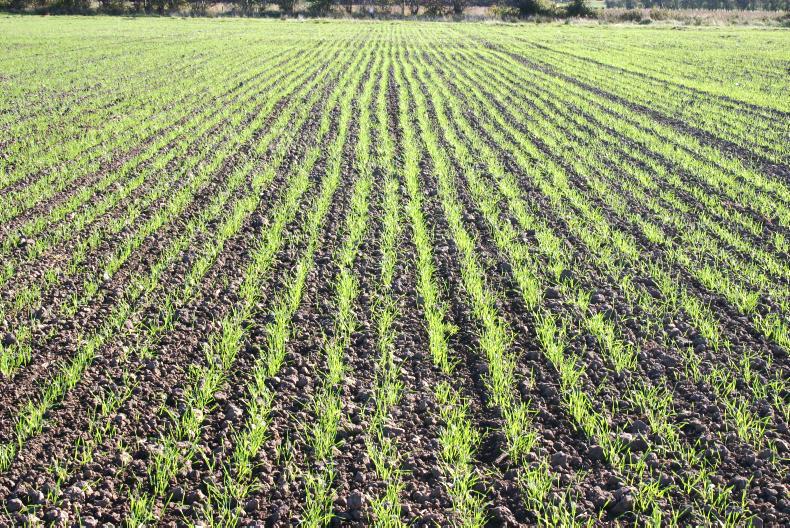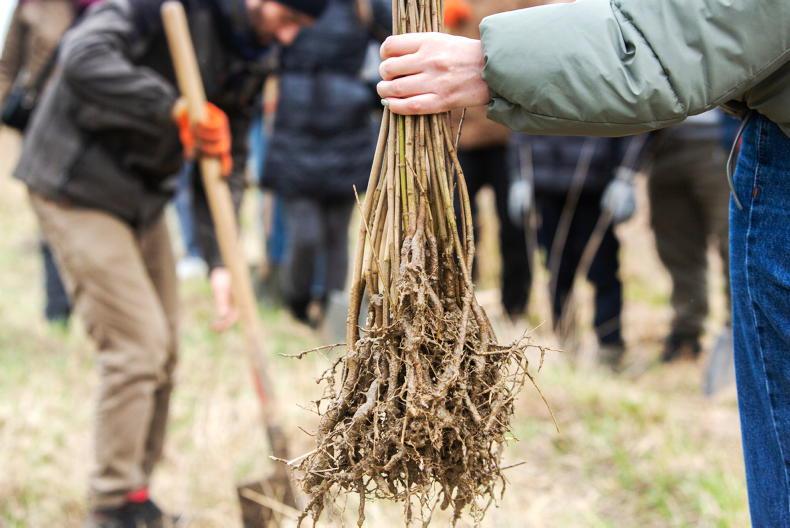Using high seeding rates in oat crops will produce no additional yield benefit, according to research presented by John Finnan at this year’s National Tillage Conference.
At low seeding rates, oat plants have the capacity to produce a high number of grains per panicle (the head of the oat plant). As seeding rates increase, the number of grains produced per panicle decreases.
Trail work carried out on Husky winter oats shows that seed rates of between 350seeds/m2 (120-130kg/ha) and 400seeds/m2 (135kg-148kg/ha) sown in good conditions will produce an optimum plant population of 250plants/m2 in the following spring.
When seed numbers are increased beyond this rate, the number of plants/m2 will increase but the number of grains per panicle will decrease. Interestingly however, John’s research also showed that seeding rate had no effect on hectolitre weight.
Traditionally oats would have been sown at very high seeding rates in Ireland (13st/ac) with no additional benefit to yield, John’s results shows. Indeed, the crop appears to have an automatic adjustment process where-by it kills some of its own plants in high density situations, a process known as auto-toxicity.
Research on this crop which was once grown over an area of 672,000ha in the 1900s is ongoing and more results will be published in the near future.
Read more
Tillage research shows continuous progress
New research for an old crop
Using high seeding rates in oat crops will produce no additional yield benefit, according to research presented by John Finnan at this year’s National Tillage Conference.
At low seeding rates, oat plants have the capacity to produce a high number of grains per panicle (the head of the oat plant). As seeding rates increase, the number of grains produced per panicle decreases.
Trail work carried out on Husky winter oats shows that seed rates of between 350seeds/m2 (120-130kg/ha) and 400seeds/m2 (135kg-148kg/ha) sown in good conditions will produce an optimum plant population of 250plants/m2 in the following spring.
When seed numbers are increased beyond this rate, the number of plants/m2 will increase but the number of grains per panicle will decrease. Interestingly however, John’s research also showed that seeding rate had no effect on hectolitre weight.
Traditionally oats would have been sown at very high seeding rates in Ireland (13st/ac) with no additional benefit to yield, John’s results shows. Indeed, the crop appears to have an automatic adjustment process where-by it kills some of its own plants in high density situations, a process known as auto-toxicity.
Research on this crop which was once grown over an area of 672,000ha in the 1900s is ongoing and more results will be published in the near future.
Read more
Tillage research shows continuous progress
New research for an old crop









SHARING OPTIONS